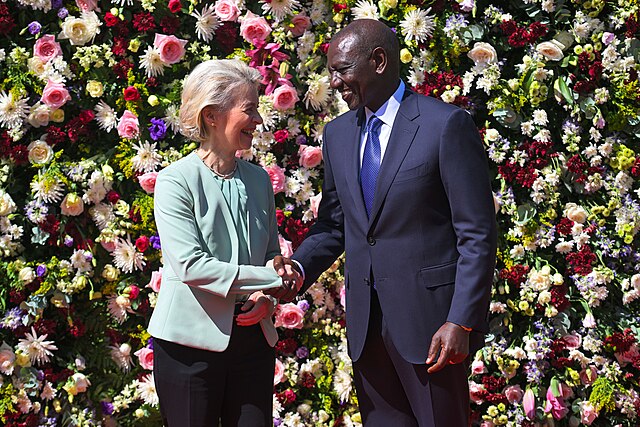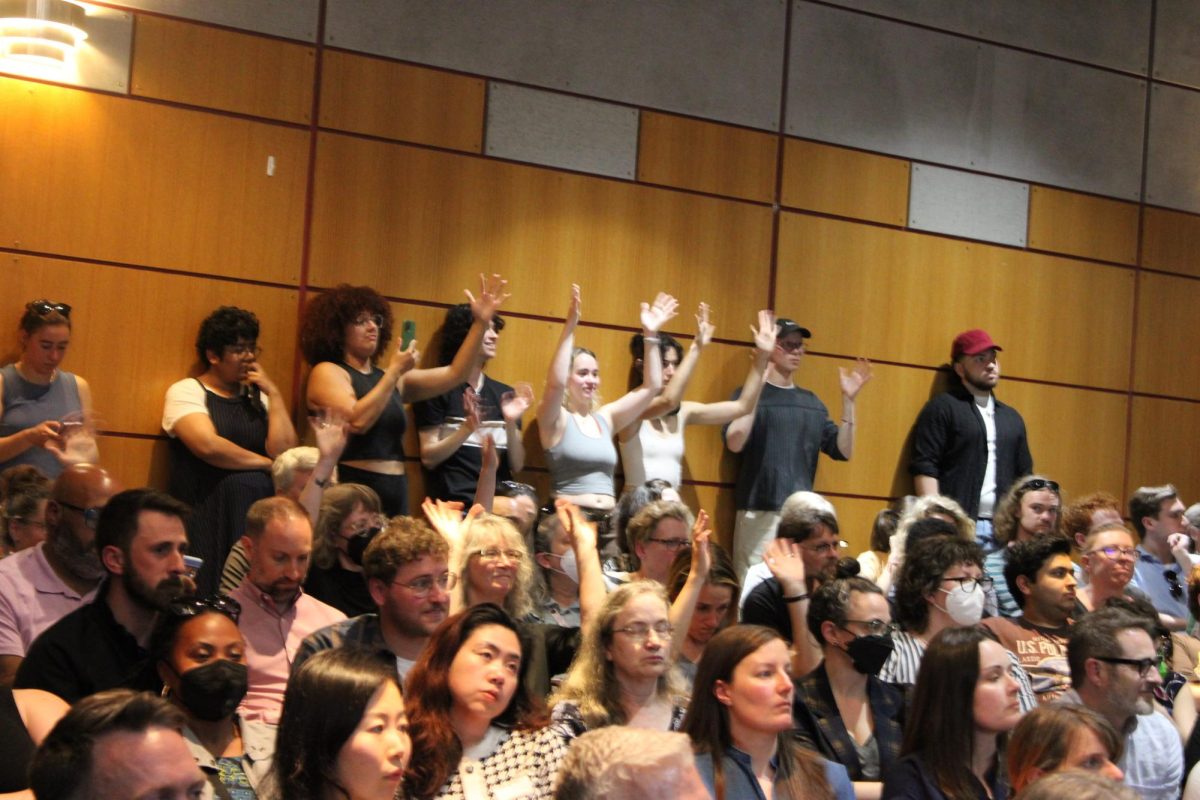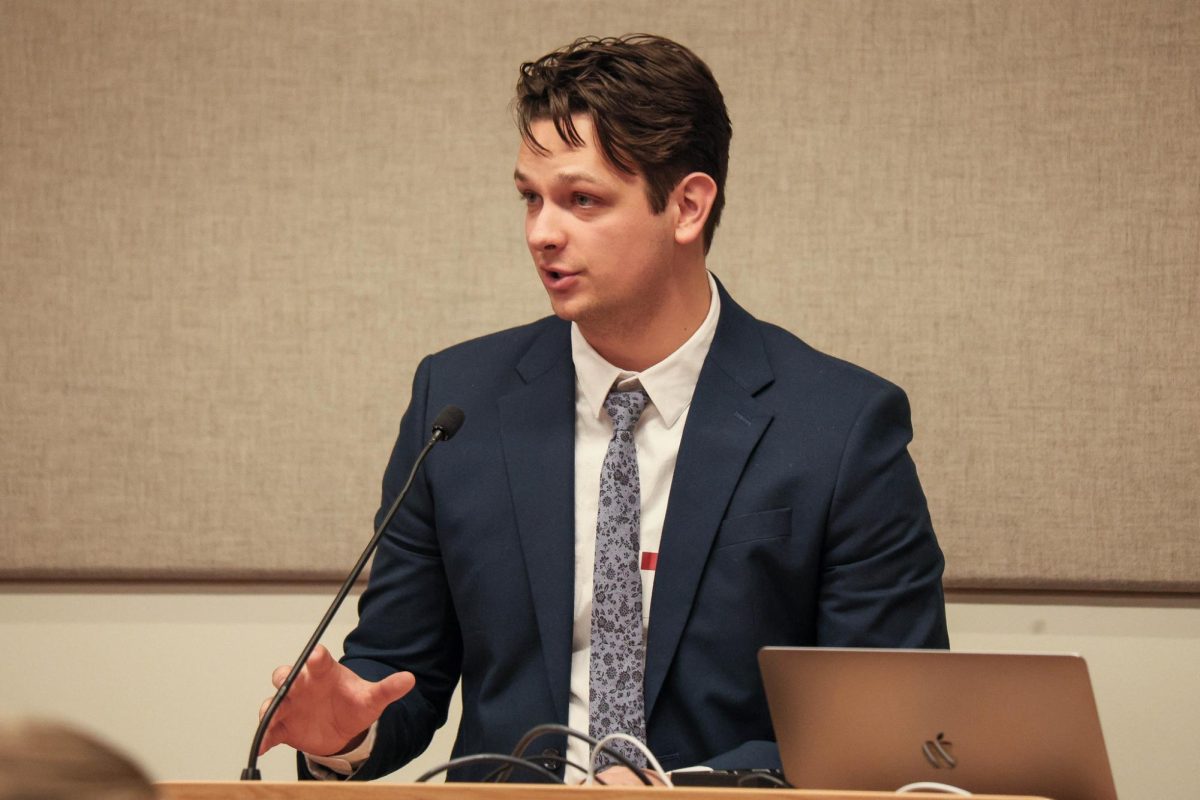Teaching is an art – there is a science to it. Ultimately, teachers and professors want the best for their students, which is why they utilize different teaching strategies. One strategy is cooperative learning, in which students collaborate in groups of mixed academic abilities and backgrounds to learn and work together.

Students practice cooperative learning from grade school through higher education, working on group projects and partaking in group discussions. When Robert Slavin founded the Success For All program in 1986, he championed cooperative learning to engage students. The end result improved reading levels in elementary schools and cut the achievement gap that separates many students from academic success.
I remember doing group projects in high school and thinking that it would probably be the last time I would do them before college. I was wrong. At large universities, such as the University of Massachusetts, cooperative learning can be difficult to accomplish, but it is becoming much more popular.
Even though there are thousands of students at the school, small sections of group learning theoretically allow students to become closer than they would doing their assignments individually. Many classes now incorporate team based learning (TBL) into their curriculum. TBL breaks from the traditional lecture style to incorporate group work that encourages student interaction. The professor acts more as a coach than an instructor.
This can go well, or it can poorly. I’ve heard of both results. A friend of mine is in a TBL history class in which they have worked on group projects and papers all semester, with a final group project at the end. With an increase in technology, students don’t even have to meet outside of class to do the project together because they can all edit it on Google Docs. My friend, however, says that she has done most of the work in order to compensate for the lack of participation from her group members. When students in a group get all the same grade, the responsibility should fall upon each one of them; in reality, it often results in one or two members to carrying the weight of the group.
When there are no individual consequences for slacking, many students don’t care because they know that someone in the group will do the work to get the A. And someone always does.
On the other hand, I am in a class in which the final project grade is based on each student’s work for the project itself combined with peer evaluations. This forces students to do their part because their grade depends on it. Since group members rely on each other for a successful outcome, the success of one person depends on the success of the others, resulting in agreement, cooperation and overall success in reaching a common learning goal.
In both cases, students are set on one thing: to get a good grade. Students “are set against one another in daily contests for recognition and grades. In a culture that can’t tell the difference between competitiveness (beating others) and excellence … the objective for students is usually not to learn but to win,” says Alfie Kohn in Boston Globe’s 1990 article, “Cooperative Learning: A Solution.” Grades outweigh learning for many students because they are the only tangible proof of their success in school.
Cooperative learning is beneficial not only to learning, but also for acceptance. At a diverse university, people come from different backgrounds with different amounts of respect toward one another. By eliminating prejudices from a young age through group collaboration, one goal of cooperative learning is to fight hate and promote tolerance. Working in groups is a more intimate form of learning than merely being lectured at by a teacher. In this case, students are able to make friends across racial and ethnic lines by working together.
Groups also combine students of different academic abilities and strengths. Students help each other better understand the material by employing different thought processes. Two heads are better than one, as the old saying goes, which in this case proves to be true.
Utilizing different thought processes allows students to gain critical thinking skills because to fully understand what their partner is explaining, it may be necessary to think about the topic in a different way. We all come from different backgrounds that allow us to think differently than our peers. As a result, students learn more as they discuss the topic in ways that the teacher may not even be capable of explaining or even conceiving.
There are multiple approaches to teaching, especially in college, where there are large lectures, small classes and labs. While the professor has the final decision about how the class is structured and run, students can also decide how they want to learn when given the opportunity. With so many resources on this campus, the possibilities are endless.
Karen Podorefsky is a Collegian columnist and can be reached at [email protected].











